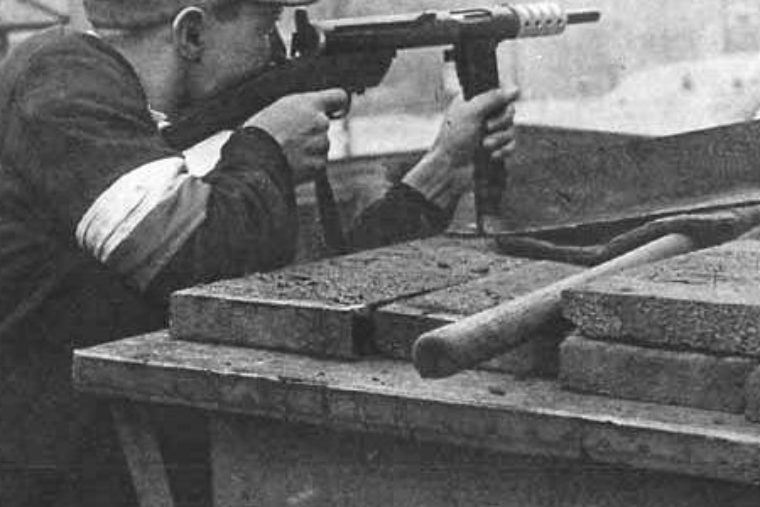Every year, on August the 1st, the whole of Warsaw comes to a standstill at the W-Hour, 5pm, the start of the Warsaw Uprising in 1944. Pedestrians stop, streets turn into carparks.
Seventy-two years ago, for almost two months, the Polish underground, chiefly Armia Krajowa or Home Army, fought the hopeless fight against the overwhelmingly superior Nazi occupiers. At the end of it, somewhere around 200,000 civilians and 20,000 Home Army soldiers – men, women, boys and girls – were dead, and the remaining population expelled soon after. In a feat of revenge, Hitler ordered German troops to destroy what has not already been destroyed during the 1939 campaign as well as the Warsaw Ghetto and the Warsaw Uprisings. When the Russians finally marched into Warsaw four months later, in January 1945, they “liberated” a sea of ruins. Below is not a picture of Hiroshima after the atom bomb but Warsaw after the war, with 85 per cent of its building levelled.
The Uprising only had a chance to succeed had the Red Army took advantage of the situation and came to its aid, or at least if Stalin had allowed Western Allies to use airfields under his control for airdrops to Home Army. Instead, a few planes – a drop in the ocean – had to make a round trip from the liberated Italy. It’s true that the Red Army was exhausted after their staggering advances over the previous few months, but it’s equally true that Stalin did not want the uprising to succeed and did everything in his power to make sure it didn’t. Better that Hitler destroys the independent and generally anti-communist Home Army. The Russians, as well as the Polish units attached to the Red Army stood and watched – literally – from the other bank of Vistula River.
by Arthur Chrenkoff



